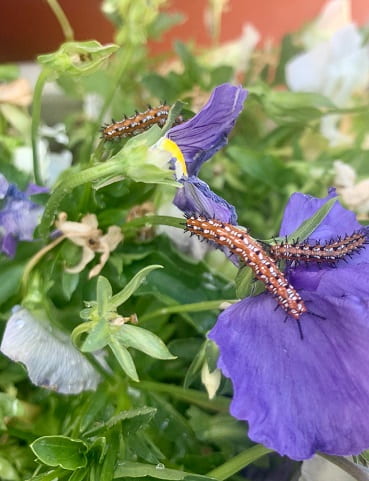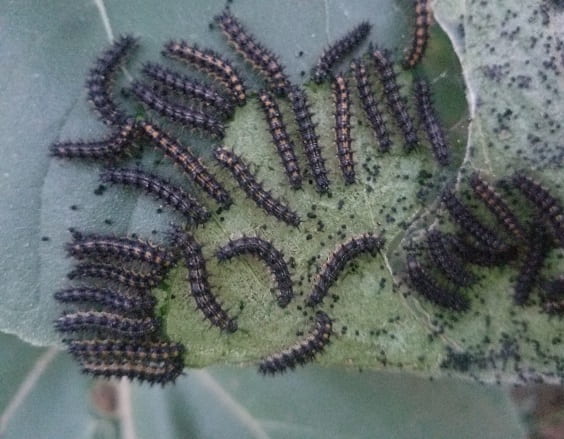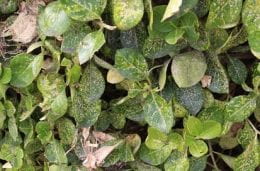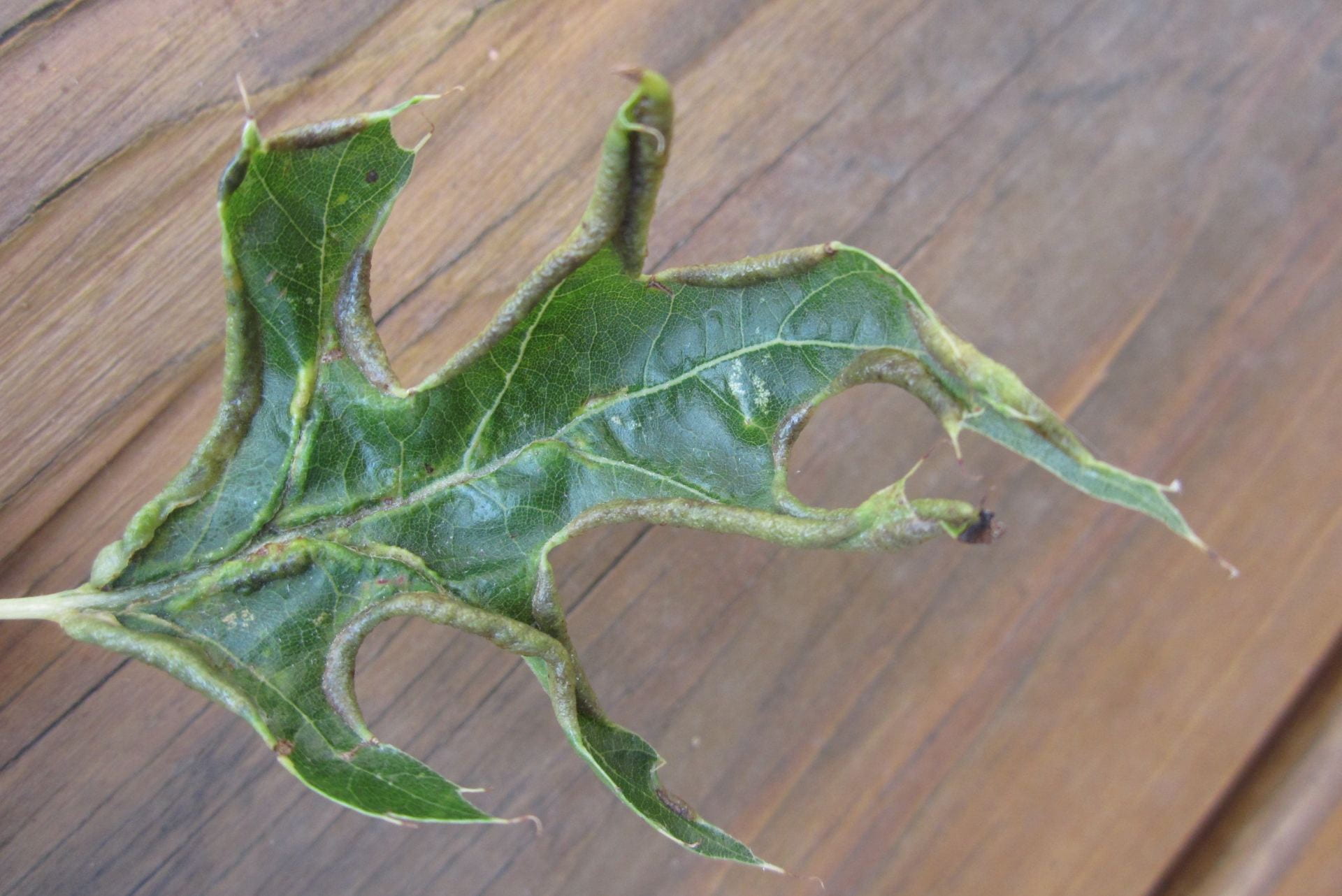By Frannie Miller
This post has been provided by the Extension Entomology e-Newsletter.
This week as I have been out in my own yard and garden I have noticed an abundance of different types of caterpillars. Identification of caterpillars can be difficult because so many of them look really similar, but often if you know what plant they feed upon it will give you a clue.
The first image is of a caterpillar sent to me by a friend asking what it was. She found it feeding on her pansies, which were a hold over plants from spring. These caterpillars are known as pansyworms. They usually grow to be 1 ¼ inches long with a characteristic deep-orange color with black striped sides which feature spines. These caterpillars will take bites out of the leaves, but the resulting variegated fritillary butterfly will add color to the garden.

Panysworm image: Courtesy of Cheryl Boyer
Then I found a few yellowstriped armyworm caterpillars feeding on some of my flowers. I picked them off as I did not want them to feed on those particular plants, but allowed them to feed elsewhere. These caterpillars turn into a somewhat drab grayish-brown moth.
Yellow Striped Armyworm
Finally I spotted a mass of small caterpillars feeding on sunflowers in the garden. The sunflowers were not ones I plants and had come up as volunteer so I have decided to let the caterpillars eat on these plants. It is difficult to for me to identify the exact species from a picture, but they will turn into some sort of checkerspot butterfly.
I have chosen to not use any insecticides to control these particular caterpillars, but options such as Bacillus thuringiensis subsp. kurstaki (Btk) and spinosad can be used when caterpillars are small. If you are going to use these products, remember to read and follow the label.

Checkerspot Caterpillar
Sometimes we don’t notice the caterpillars until they are larger and hand picking may become the best control option.







